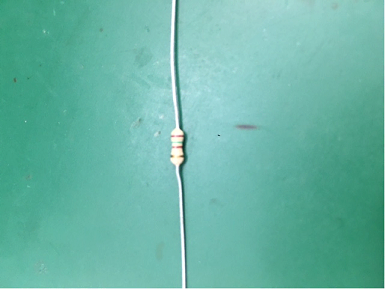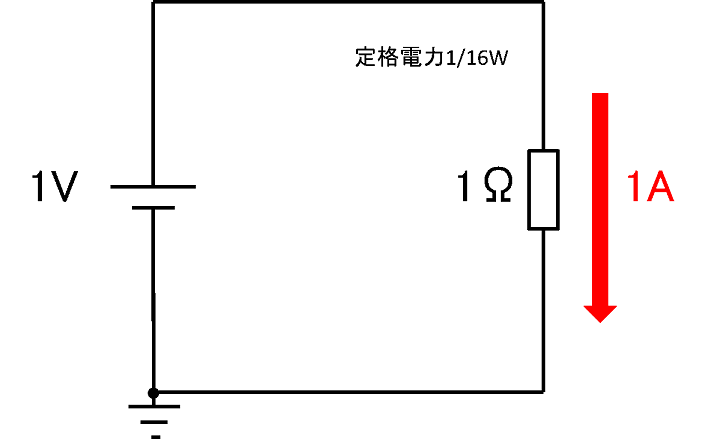Introduction
hello. It's phi.
This time, I would like to write about the specifications and types of resistors.
What got me started was the number "1/16W" on the resistor. ? ? That's what I thought.
After doing some research, I found that there are many types of resistance.
Are you still resisting...
Some people may think that, but if you read it again, you may discover something new, so please stay with me until the end.

All I imagined when I heard about resistance was the one in Figure 1.
To be honest, I didn't know there were other resistances.
After actually investigating it, I also learned that the resistor must be used properly according to the application.
Before introducing the types of resistors, I would like to review the typical specifications first.
Resistor specifications
Table 1 lists typical resistor specifications.

The "1/16W" that I initially wondered about was the rated power.
Just by looking at Table 1, it seems that there are many points to be aware of when using resistors, such as errors and heat.
If the rated power is exceeded, . .
What happens if the rated power is exceeded?

As an example, consider a circuit with a 1 Ω resistor in series with a 1 V voltage source (Figure 2).
At this time, the power consumed by the resistor is:
1A x 1V = 1W (1)
At this time, if a resistor with a rated power of 1/16W is used, the resistor will burn and smoke and smell will be generated.
In the worst case, fire may spew out, which is very dangerous, so please check the rated power carefully before using the resistor.
resistance type
Next, I would like to introduce the types of resistance.
Table 2 summarizes the types and characteristics of typical resistors.

In addition to the above, there are various types of resistors.
To be honest, it's hard to understand if it's just letters, so I made an image character lol
It's just an image, so please use it as a reference!

how is it? Each one has its own unique characteristics!
Table 3 summarizes the specifications of various resistors.
(*Numbers are for reference only, medium power and high power are images.)

Summary
This time, I summarized the specifications and types of resistors!
Once again, I found out that there are various types of resistance, and it is necessary to use them properly according to the application.
I was able to compare the specifications of each resistor this time, so I would like to be careful when selecting in the future.
Next time we look forward to!


